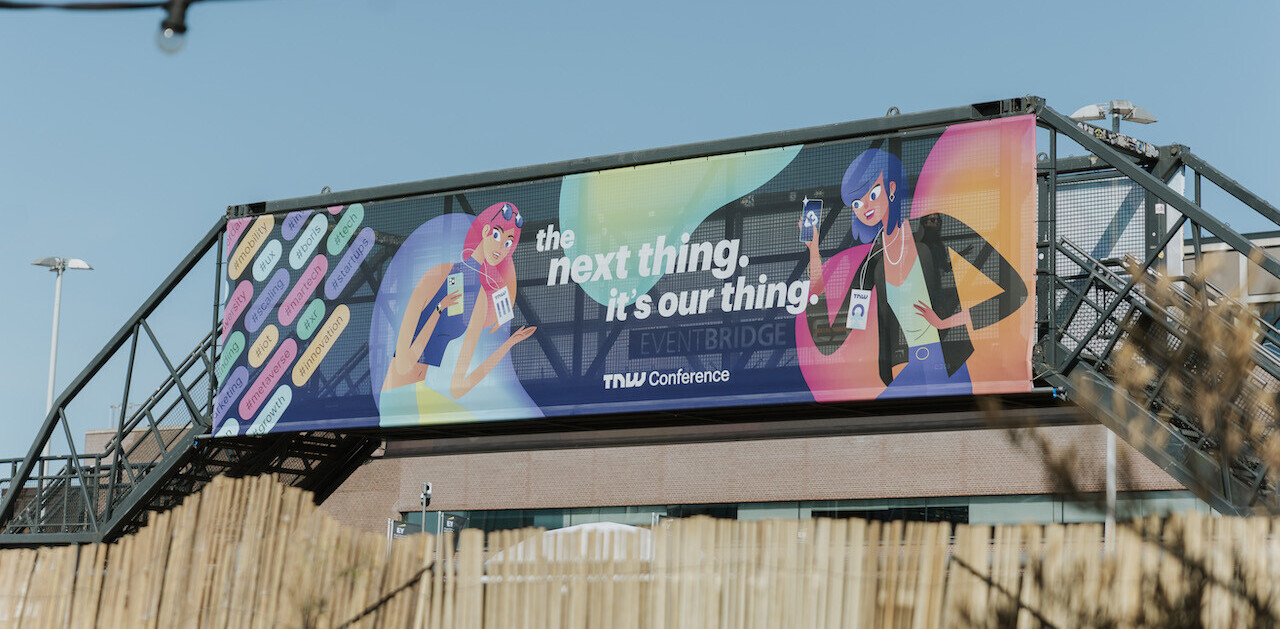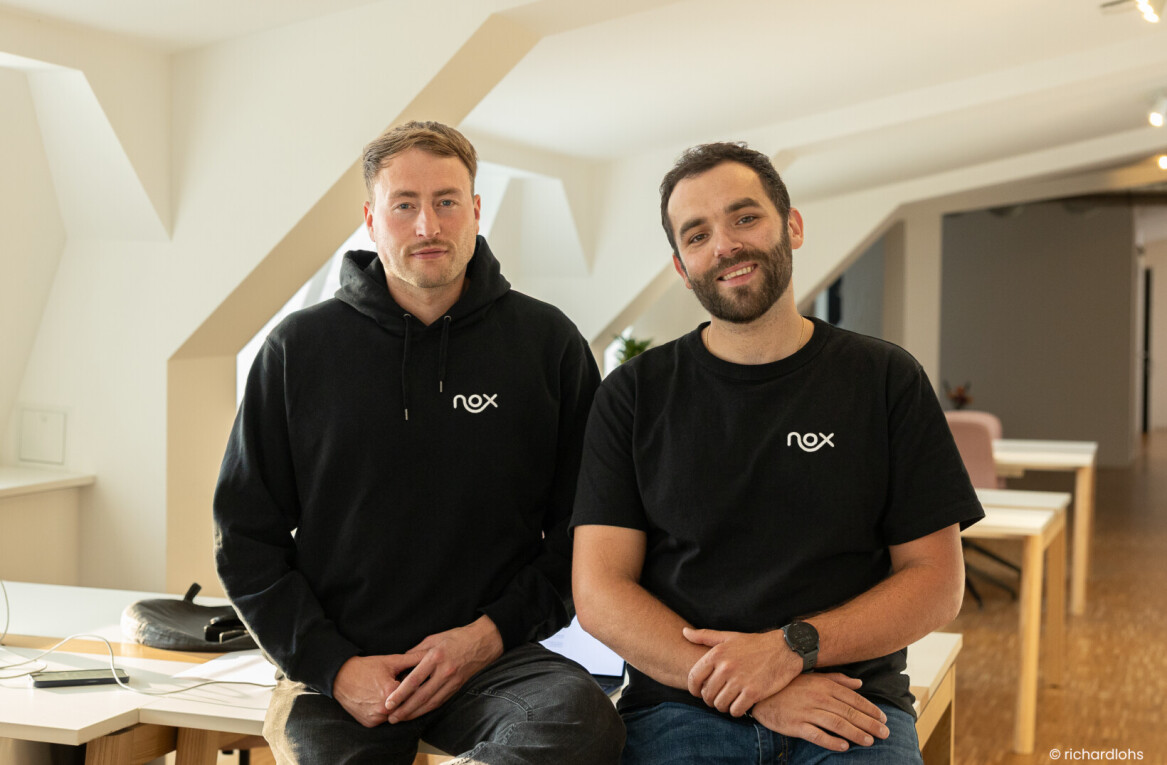
For those of us in the startup scene, it’s become pretty mundane to deal with all sorts of ‘wizards’ and ‘ninjas’ on a daily basis. But despite the onslaught of ‘quirky’ and ‘free-thinking’ job titles, I can’t help but to stop every once and again and wonder “wait… wtf is this person’s job exactly?”
That’s why I got curious when I came across Juraj Holub, the Chief Meeting Designer at Slido. Was this yet another case of a fluffed-up startup jargon title? What does someone in that role do all day? Are they taken seriously at all? With all of these questions racing around in my head, I reached out to Holub to get to the bottom of this.
Now, to be honest, the first idea that came to mind when I heard ‘Chief Meeting Designer’ was pretty ridiculous. I simply imagined a dude who’d barge into even the lowliest internal company meetings, just to tell people they were doing their quick catch up wrong — then he’d launch into a 20-minute slideshow, presenting in excruciating detail how it should be done.
Fortunately for Holub, Slido, and my faith in mankind, my guess was completely off.
Why on earth would a startup need a Chief Meeting Designer?
“The title actually came about because of the mantra we’ve had since the very early days of Slido. Focus on the success of the client and everything else will follow: growth, revenue, and so on,” Holub tells me from his home in Slovakia, where Slido is headquartered.
But how does that title relate to client success? Holub explains that Slido is a Q&A and polling platform that helps people to get the most out of events — and more recently, internal meetings — by bridging the gap between speakers and their audiences.

“Soon enough, we understood that if we really want to grow as a company, we have to really focus on the success of our clients’ events. In other words, the better they implement Slido as part of their conferences, the bigger the exposure, and the better the experience for everyone: audience in the room, event owners, and for us.”
A tool could never improve meetings and conferences on its own. So Holub, who began as a content marketeer in the early days of Slido, started gathering all the lessons they were learning about organizing more engaging sessions with their clients.
“I became a sort of the hub of the knowledge for those lessons. I started writing about those best practices, publishing them on the blog, but also working very closely with the clients and advising them before, after, and in between their conferences.”
Holub started ‘living the brand’ by continuously improving Slido’s internal meetings and promoting the company’s core mission of making meetings and conferences better wherever he could — thereby establishing himself and the company as a thought leader in the space.
Okay, the role makes sense… but what about the title?
Holub says Slido’s co-founder, Peter Komornik, is the one who deserves the credit for the title.
“Peter believed in this title and the thought leadership strategy from the very, very early days. He understood this was an important strategic area for us that we’d need to build if we wanted to succeed — so we took a leap of faith.”
It seems that leap paid off. After bootstrapping and a few angel investments, Slido is now at 160 employees and Cisco has announced its intention to acquire the company. Slido was still just a small operation when Holub first joined, so the importance Komornik put on the thought leadership strategy from the beginning is commendable.
Hearing all this, I get why Holub’s role is an essential one… but we still need to understand what ‘Chief Meeting Designer’ actually means.
So let’s break down the exact components of the title to get to the bottom of this.
What’s up with the ‘Chief’ in the title?
“I think we cling too much to titles in general. We’re chasing C-level titles, we’re chasing VPs and senior stuff in our titles, but fundamentally I think each one of us should ask what are we passionate about?” says Holub, explaining that he is engaged with all parts of the business, but his title highlights the part which makes him tick.
That’s an admirable answer, but I still push him on that it must be nice to be a ‘chief’ — I sure as hell wouldn’t mind that title bump.
“Frankly speaking, it is nice,” Holub concedes and laughs. “But what I said still stands.”
What the ‘Chief’ does convey, in Holub’s mind, is how serious Slido is about this aspect of its strategy. It signals to everyone, both inside and outside the company, that this is a fundamental part of the company’s mission.

Meeting… not events?
Since March 2020, Slido has been improving its product to help corporates to get the most out of their internal meetings, but it started out serving live events — yet the title has been Chief Meeting Designer since the beginning. How come?
Holub explains that within the events industry meeting used to work as a generic term to encapture all the use cases for Slido, events, meetups, conferences, and so on. Then eventually internal meetings were added on top of that, but this part of the title has been a blessing.
Despite looking like startup jargon at first glance, Holub says the title has worked great as a conversation opener with new corporate clients as people get intrigued about what his role is and there’s clearly a lot of interest now in improving meetings.
In that sense, the title has served much better than ‘VP of Brand’ because instead of just pushing the core ideals of the brand, you live them.
“The core of my role is that you get the most out of the time you spend together, whether it’s in person, 3,000 people, conference, or five team members on a call.”
Ooh la la, a designer!
Being a ‘designer’ sure sounds fancy, but Holub and Slido didn’t actually come up with the term ‘meeting designer.’
“The person who actually came up with that title was Maarten Vanneste, he even established a Meeting Design Institue,” Holub explains. “He coined the term ‘meeting architect’ — or ‘meeting designer’ later on — and it’s really about putting the user experience first. Just like designers do.”
“In this case, the user is a meeting participant or a conference-goer. So just like if you’re building an application around great user experience, you want to create a great meeting around the participants — that’s where the connection lies.”
But is the role here to stay?
“I certainly hope so!” Holub chuckles. “But as I said, meetings will always be important to us as a company. We will always need to have someone to capture insights on how to improve them and own that knowledge internally — but also spread it externally.”
Finally, Holub encourages startups not to be afraid of unconventional job titles if it reflects the core mission of the brand.
“Very often the potential of turning employees into brand ambassadors and evangelists remains untapped. Successful companies really live and breathe their product and what they believe in.”
Got any weird jargon job titles at your startup that actually kinda make sense? Let us know at growthquarters@thenextweb.com!
Get the TNW newsletter
Get the most important tech news in your inbox each week.




